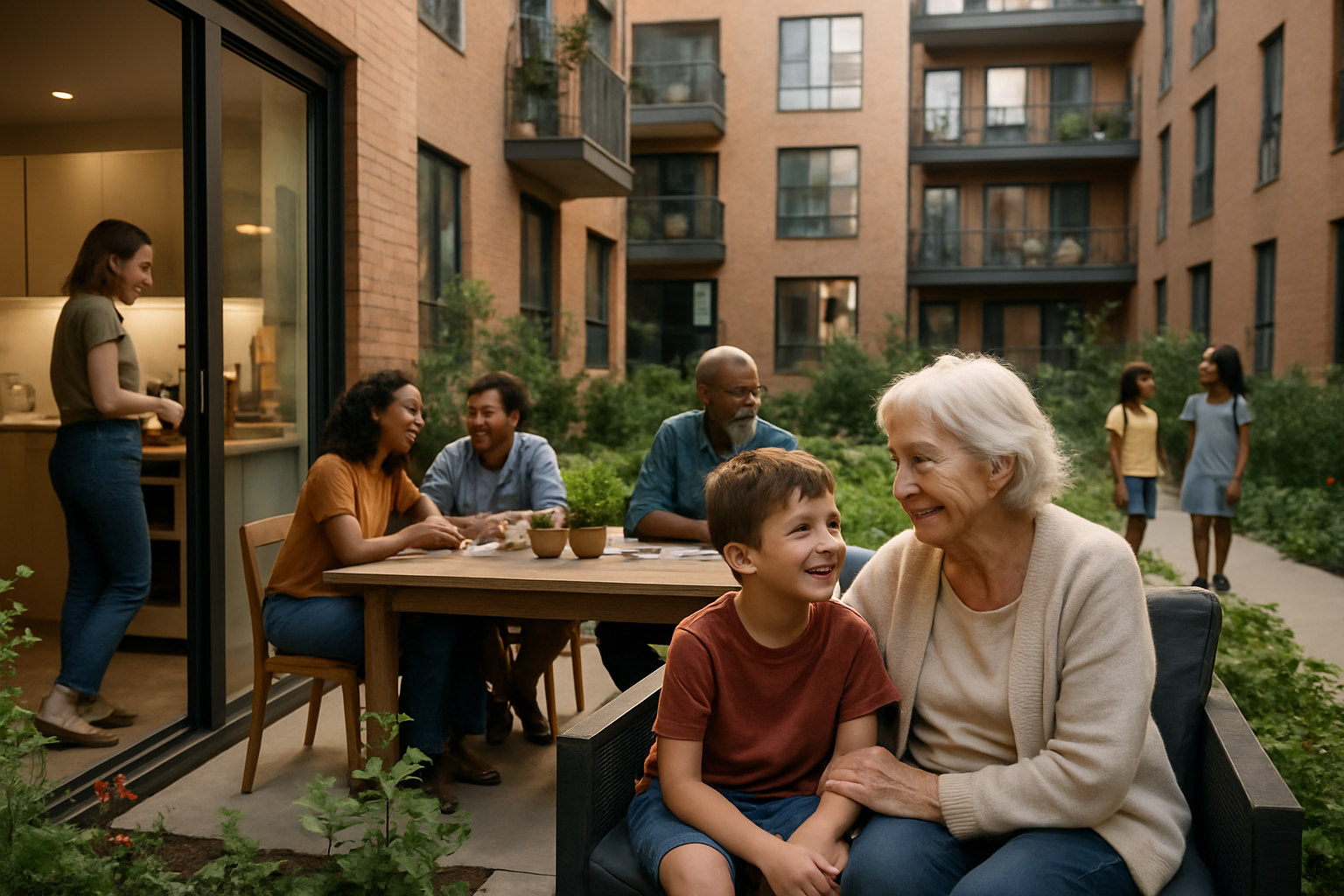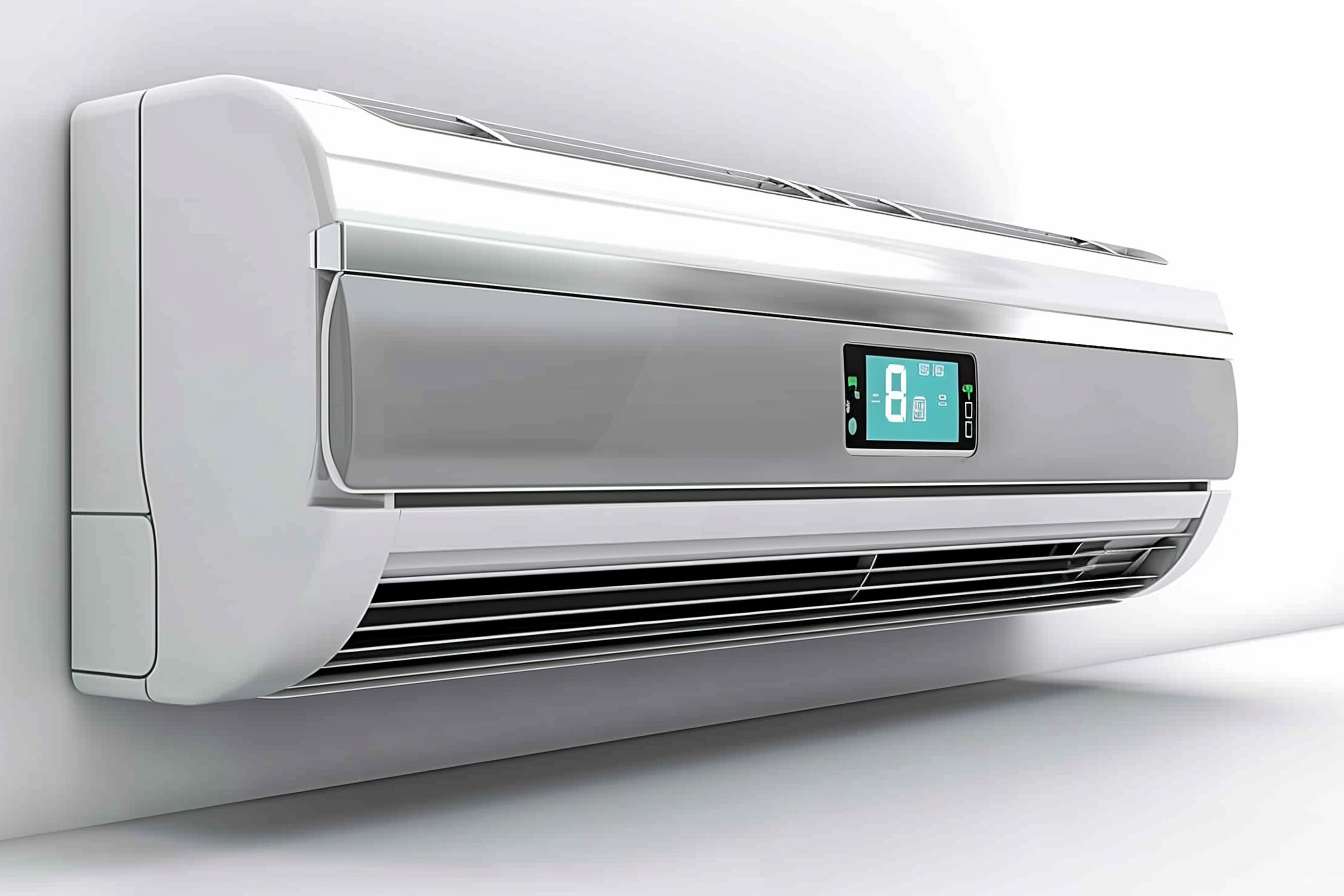Senior Apartments: A Comprehensive Guide for Retirement Living
As we age, our housing needs evolve, and many seniors find themselves considering a move to specialized accommodations designed to cater to their changing lifestyle. Senior apartments offer a unique blend of independence and community, providing a comfortable and secure environment for older adults. This article explores the world of senior living, delving into the various aspects of retirement communities and assisted living options, with a focus on two-bedroom apartments that cater to the elderly population.

-
Age restrictions: Most senior apartments have minimum age requirements, ensuring a community of like-minded individuals.
-
Accessibility features: These apartments often include grab bars, wider doorways, and other modifications to accommodate mobility issues.
-
Community activities: Many senior living complexes offer organized social events, fitness classes, and recreational activities.
-
Maintenance-free living: Residents typically enjoy services such as lawn care, snow removal, and general building maintenance.
-
Safety features: Enhanced security systems, emergency call buttons, and on-site staff provide peace of mind for residents and their families.
What amenities can seniors expect in retirement communities?
Retirement communities often boast a wide array of amenities designed to enhance the quality of life for their residents. Some common features include:
-
Fitness centers and swimming pools
-
Communal dining areas and on-site restaurants
-
Libraries and computer rooms
-
Game rooms and hobby spaces
-
Transportation services for shopping and medical appointments
-
Outdoor spaces like walking trails and gardens
-
Beauty salons and barbershops
-
On-site healthcare services or clinics
The specific amenities can vary greatly between communities, so it’s essential to research and visit potential locations to find the best fit for individual needs and preferences.
How do two-bedroom apartments benefit elderly residents in senior living communities?
Two-bedroom apartments are a popular choice for many seniors in retirement communities, offering several advantages:
-
Extra space: The additional room can serve as a guest bedroom for visiting family or friends, a home office, or a hobby room.
-
Flexibility for couples: Couples with different sleep schedules or health needs can have separate bedrooms while still living together.
-
Storage: The extra space allows for more storage, accommodating a lifetime of belongings and memories.
-
Potential for a live-in caregiver: If needed, the second bedroom can house a caregiver, providing additional support while maintaining privacy.
-
Transitional living: For those downsizing from a larger home, a two-bedroom apartment can ease the transition by offering more space than a one-bedroom unit.
What is the difference between independent living and assisted living in senior communities?
While both independent living and assisted living fall under the umbrella of senior living, they cater to different levels of care and support:
Independent Living:
-
Designed for active seniors who can manage daily tasks independently
-
Focuses on lifestyle and convenience rather than medical care
-
Typically offers minimal assistance with daily activities
-
Residents live in private apartments or cottages
-
Emphasizes social engagement and recreational activities
Assisted Living:
-
Provides more hands-on care and support for daily activities
-
Offers assistance with bathing, dressing, medication management, and mobility
-
Includes 24-hour supervision and security
-
Often features smaller living spaces with more communal areas
-
Provides meals, housekeeping, and laundry services
How can seniors determine if a senior apartment is the right choice for their retirement?
Deciding to move to a senior apartment is a significant life change. Here are some factors to consider:
-
Health and mobility: Assess current and potential future health needs to determine the level of care required.
-
Social preferences: Consider the desire for community engagement and organized activities.
-
Maintenance responsibilities: Evaluate the ability and willingness to handle home maintenance tasks.
-
Financial considerations: Compare the costs of senior living to current housing expenses and long-term financial plans.
-
Location: Think about proximity to family, friends, and familiar surroundings.
-
Lifestyle goals: Reflect on personal interests and how a senior living community might support or enhance them.
-
Future needs: Consider potential changes in health or mobility and how a senior apartment community could accommodate these changes.
It’s often helpful to visit several communities, speak with current residents, and consult with family members or a senior living advisor before making a decision.
Senior apartments offer a unique living solution for older adults, combining the benefits of independent living with the security and community aspects of retirement facilities. Whether opting for a spacious two-bedroom apartment or a more supportive assisted living environment, these communities provide tailored options to meet the diverse needs of the elderly population. By carefully considering personal preferences, health requirements, and long-term goals, seniors can find the ideal living arrangement to enjoy their retirement years comfortably and securely.






